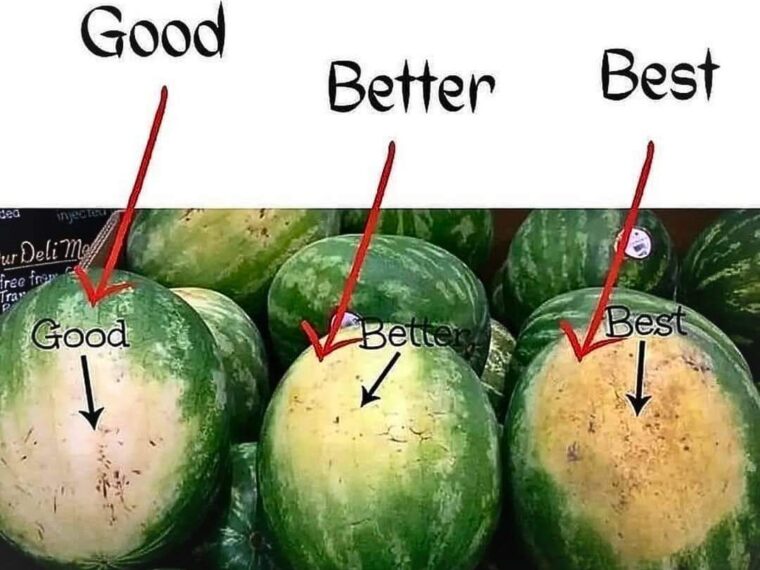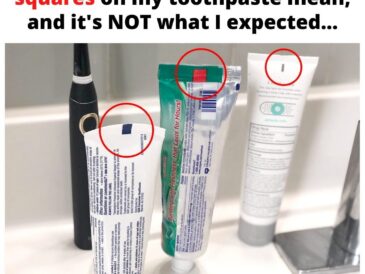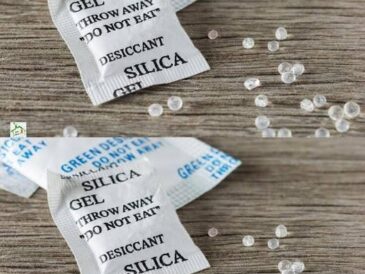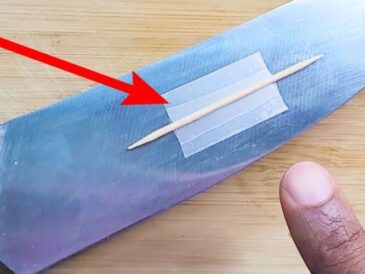Summer is here, and with it comes one of the most beloved seasonal treats: watermelon. This juicy, refreshing fruit is perfect for quenching your thirst and satisfying your sweet tooth on a hot day. But how do you ensure you’re picking the ripest, juiciest watermelon? The answer lies in a simple trick: look for the yellow spot on the bottom of the watermelon, known as the “field spot.”
The Significance of the Field Spot
The field spot is a crucial indicator of a watermelon’s ripeness. This spot forms where the watermelon rested on the ground during its growth. As the watermelon matures, the spot that touches the ground develops a yellow color. The yellower the spot, the longer the melon has been left to ripen on the vine, resulting in a sweeter and more flavorful fruit.
Tips for Selecting the Perfect Watermelon
When you’re at the store or market, follow these tips to choose the best watermelon:
- Check the Field Spot: Look for a creamy, yellow spot on the bottom of the watermelon. A deep yellow spot indicates ripeness. If the spot is white or light green, the watermelon was likely picked too early and may not be as sweet.
- Uniform Shape: Choose a watermelon that has a uniform shape, whether round or oval. Irregularities can signal uneven growth, which might affect the taste and texture.
- Dull, Not Shiny: A ripe watermelon should have a dull, matte finish. A shiny appearance suggests the fruit is underripe.
- Heavy for Its Size: Pick up the watermelon and compare its weight to others of similar size. A heavier watermelon indicates a higher water content, meaning it will be juicy.
- Sound Test: Tap the watermelon. A ripe one will produce a deep, hollow sound, indicating it’s full of water and ready to eat.
for more click page 2




